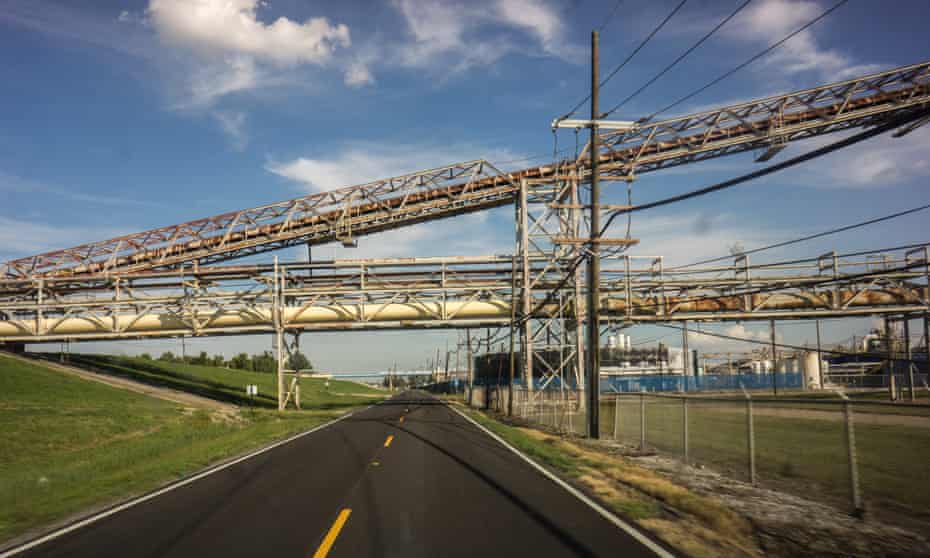What are ‘sacrifice zones’ and why do some Americans live in them?
Around 256,000 Americans live in areas where incidences of cancer caused by air pollution exceed the Environmental Protection Agency’s current upper limit of ‘acceptable risk’

How do you calculate the price of a human life? What about 256,000 human lives?
Around a quarter of a million Americans are living in parts of the United States where rates of cancer caused by air pollution exceed the US government’s own limit of “acceptable risk.” Environmental experts have a chilling name for these sites:
Sacrifice zones.
Residents of these communities die of cancer and other illnesses more often, and earlier, than people sometimes just a couple miles away. Many of them may not know this. The Environmental Protection Agency does know – and allows it to happen. In other words, a government agency that is supposed to protect Americans has effectively condemned thousands of them to death.
We know about this moral scandal in part thanks to research and reporting by ProPublica. Last week, the investigative news outlet published a detailed map of US sacrifice zones. Many are in the Texas and Louisiana petrochemical corridor sometimes called Cancer Alley. But others are in communities as far-flung as Pennsylvania, New Mexico, Illinois, Kentucky and Tennessee.
Millions of Americans no doubt go about their daily lives under the belief that, if nothing else, their government should protect them – and is protecting them – from cancer-causing industrial pollutants. Unfortunately, they’re in for a disturbing wake-up call.
The publication identified around 1,000 hotspots, typically in communities near factories, refineries, or military facilities which release hazardous gases such as ethylene oxide, benzene, dioxin, and chloroprene. ProPublica’s research suggests that around 256,000 Americans live in areas where incidences of cancer caused by air pollution exceed 1 in 10,000, which is the EPA’s current upper limit of acceptable risk.
While companies do report their emission levels to the government, their estimates are chronically lowballed, and the EPA often fails to use the information it collects to clearly inform members of the public about how the air in their communities may be affecting their health.
Even when the EPA does release reports about the risk levels in sacrifice zones, little seems to change. Take, for example, the primarily black, working-class town of Reserve, Louisiana: a 2015 EPA report found that the risk of cancer from air toxicity in Reserve is 50 times the national average. After learning that the factories in their area were definitively linked to their community’s high cancer rates, the people of Reserve felt “Like nobody cared,” as resident Mary Hampton told the Guardian in 2019. The prevailing attitude from the government, factories, and media was “It is what it is so you all just live with it,” she said.
Polluting factories are disproportionately concentrated in poor or minority neighborhoods. According to Steve Lerner’s 2019 book Sacrifice Zones: The Front Lines of Toxic Chemical Exposure in the United States, the average fine imposed on polluters of white neighborhoods is 506% higher than the average fine imposed on polluters of minority communities.
Every day, people are going about their lives in conditions nobody should have to endure, especially without their knowledge or consent. Is it really too much to ask that we don’t live in government-sanctioned “sacrifice zones”?
Sadly, those in charge seem to think so.
-
Adrienne Matei is a freelance journalist